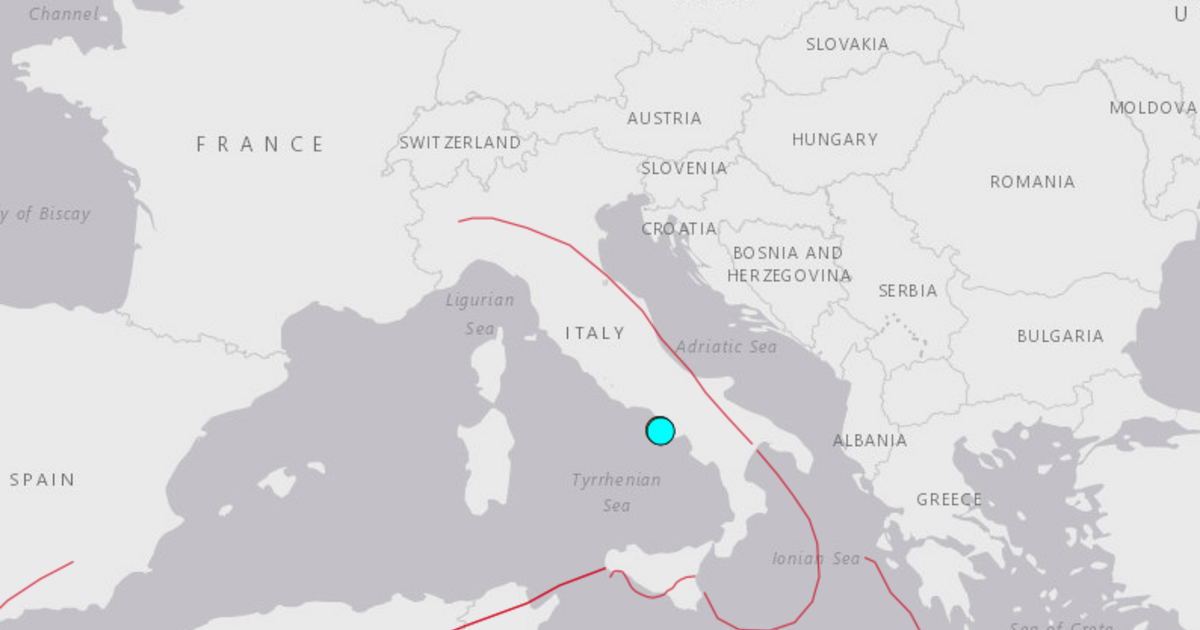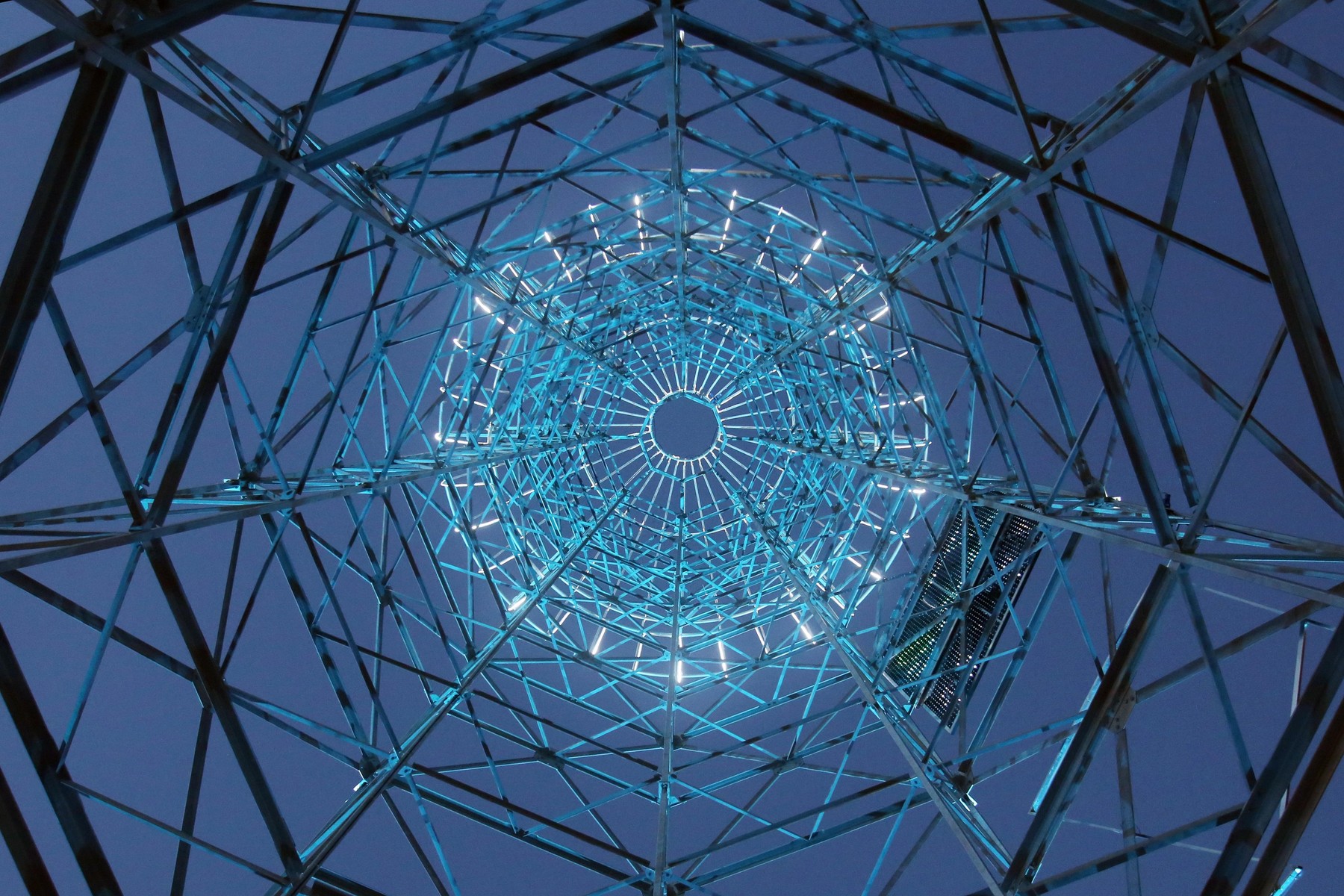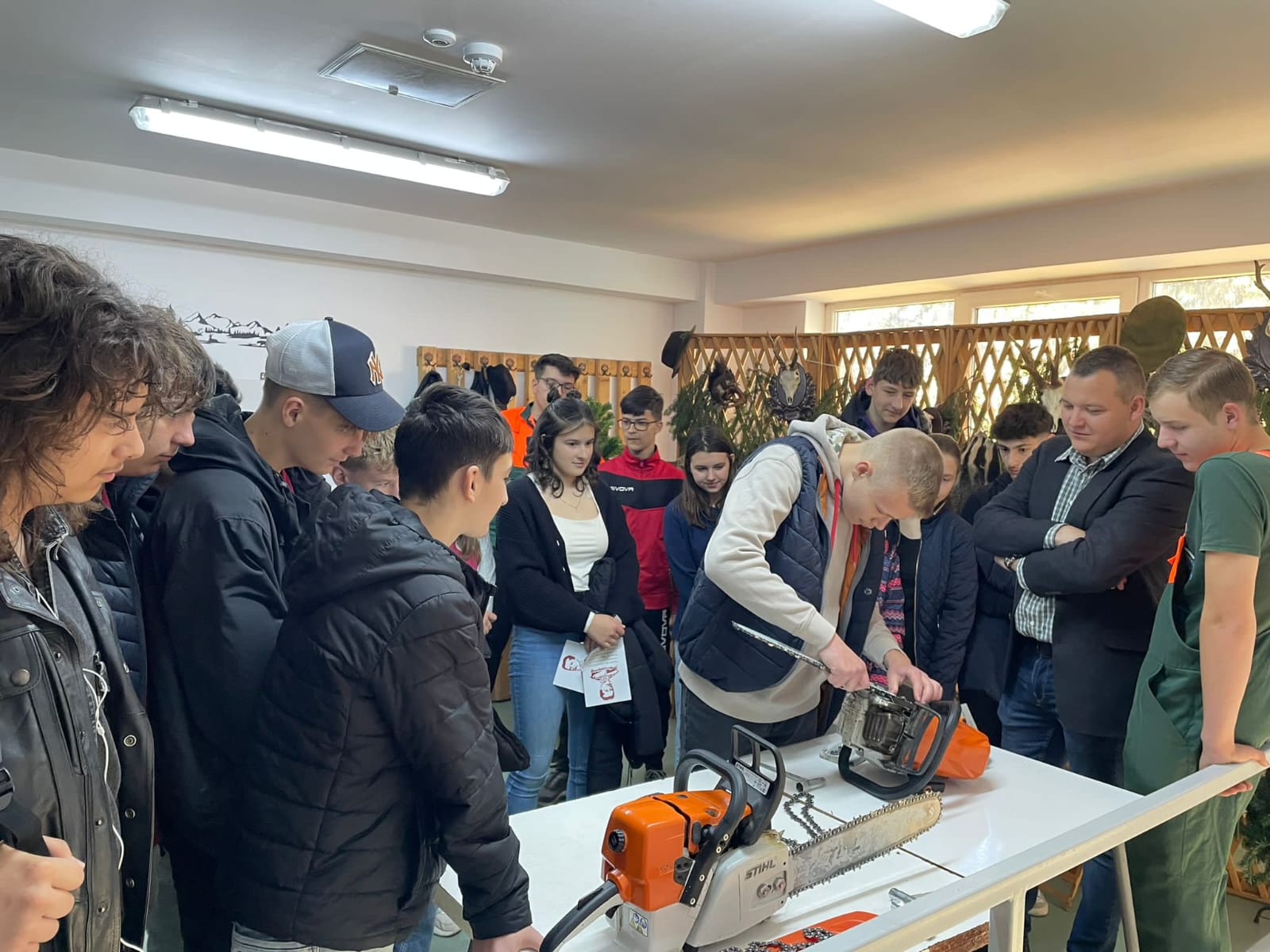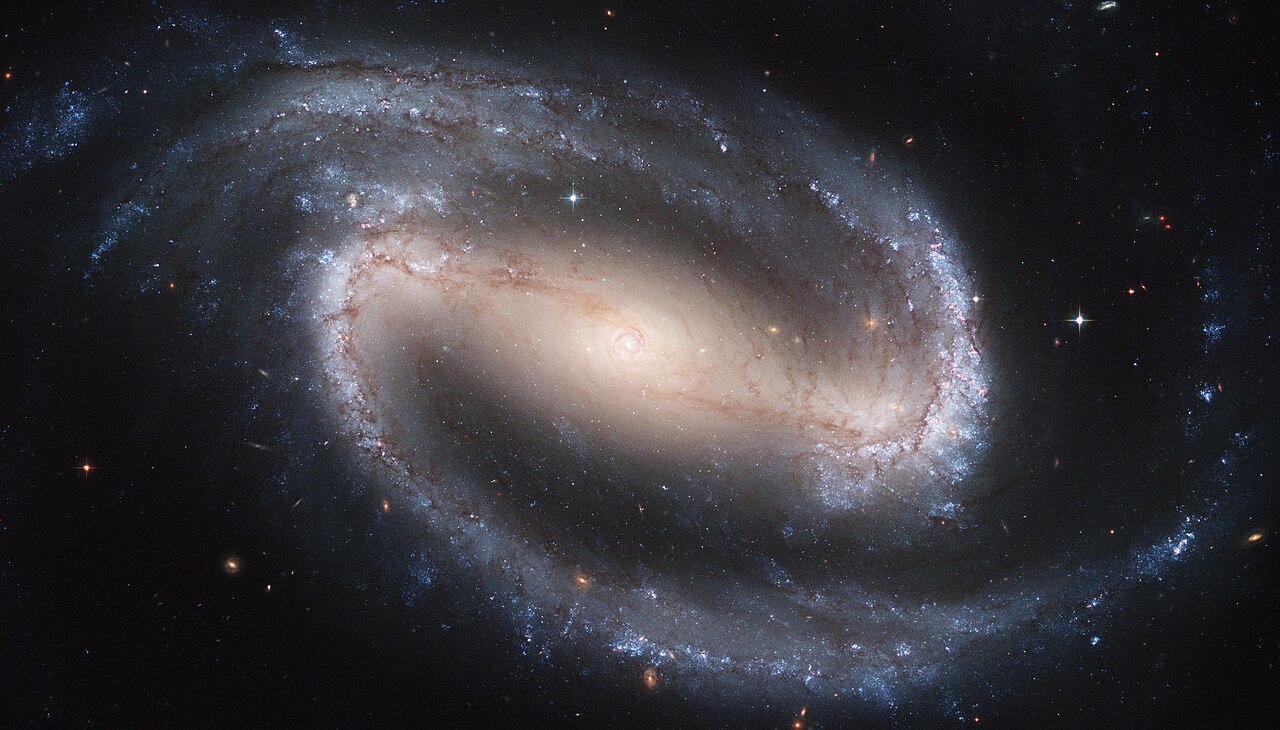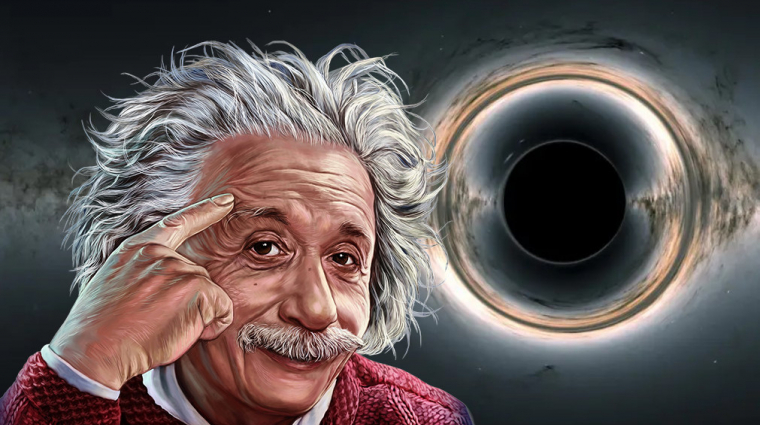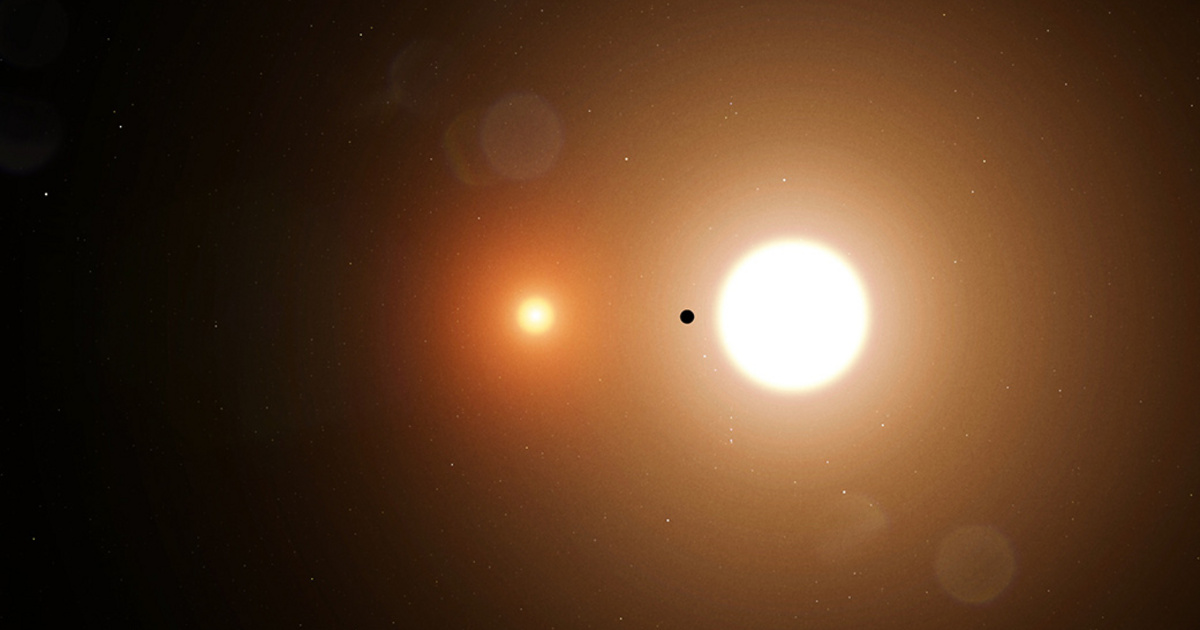Now the rare case in which fantasy and reality met has occurred, because what George Lucas envisioned as the home of his main character, Luke Skywalker, appears to exist in reality. Then maybe we can even meet Chewbacca somewhere, sometime?
Isn’t it a fairy tale?
As we know from the Star Wars movies, a long time ago, in a galaxy far, far away, Luke Skywalker lived on the desert planet Tatooine, which was 43,000 light-years away from the galactic center in the Arkanis sector. Tatooin is the innermost planet in the Tatu system. The other two planets, Ohann and Adriana, are massive, uninhabited gas planets. There are seven moons in the band between them.
The planet has two suns, Tatu 1 and Tatu 2, which orbit not too far apart, forming a double star system. Well, astronomers now Discover A rare multi-planet system that looks eerily similar to the home of the Jedi, so you might find Jawas on them.
The big find
In 2020, data from NASA’s Transiting Exoplanet Telescope (TESS) detected a planet orbiting the same system, TOI-1338b. But then astronomers could not determine its fundamental parameter, that is, its mass. Therefore, two telescopes were placed in the Atacama Desert in Chile to make accurate mass measurements, but instead, BEBOP-1c was discovered.
The way astronomers measure the velocity of exoplanets is by measuring the radial velocity. The outer planets do not revolve around the Sun, but revolve around another star, which also moves due to collective attraction, as the star and its planet revolve around a common center of mass that has the same orbital period.
The speed at which the star is moving relative to the Earth is the radial velocity, which can be determined by observing the shifts of the spectral lines in the starlight spectrum.
One of the most exciting things about BEBOP-1c is that it is a spherical planet, which means that unlike planets in our solar system, it orbits two stars instead of one. To date, only 12 circular systems are known.
Image: NASA/Goddard Space Flight Center
Co-author of the planetary study published in Nature Astronomy, Rosemary Mardling from Monash University’s School of Physics and Astronomy, said:
BEBOP-1c is as close as possible to the two stars, if it were any closer, the gravitational field would kick it out of the system.
Two planets currently orbit TOI-1338/BEBOP-1, astronomers have measured BEBOP-1c’s mass and are now working to determine its size.






